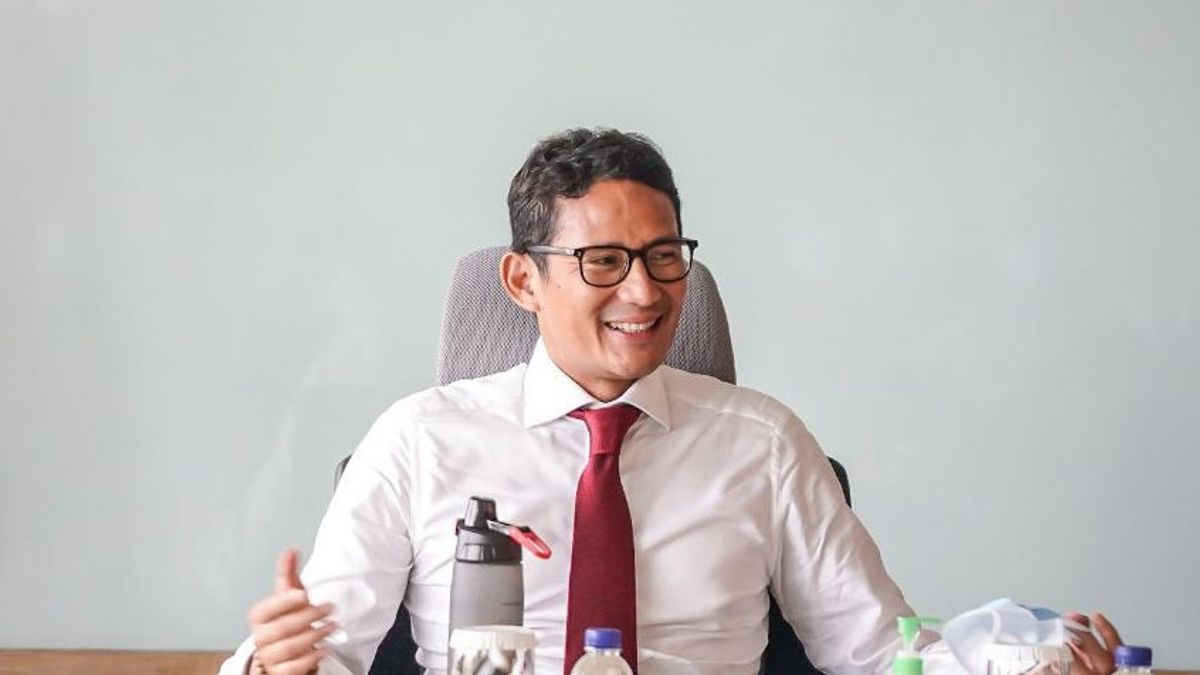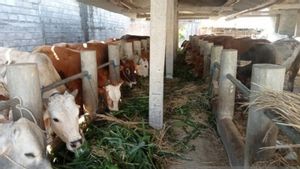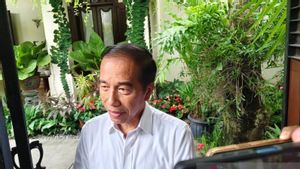JAKARTA - Minister of Tourism and Creative Economy Sandiaga Uno gave three policies to deal with rising prices for fuel oil (BBM) which have the potential to increase prices in the tourism and creative economy (parekraf) industry.
The first is technical guidance and assistance assistance so that creative and creative actors at small and micro levels can manage better operational financing.
"Second, encouraging special interest tourism that has the potential to reduce fuel consumption, either directly or indirectly. Such as sports tourism which includes running tourism, marathons, trail runs, and so on," he said in The Weekly Brief with Sandi Uno, quoted from Antara, Tuesday, September 13.
Finally, in the long term, the tourism industry must transition consistently to take advantage of new and renewable energy sources. This is to reduce the use of fossil energy, which is now experiencing price increases and switch to using solar energy, electrical energy, and the much-finding resources in tourist destinations.
"Hopefully this can help the tourism sector, especially domestic tourism and the creative economy sector in responding to the increase in fuel prices," said the Minister of Tourism and Creative Economy.
The creative and creative industry is said to be synonymous with human mobility. The mobility of humans is synonymous with the use of energy.
The increase in fuel prices by 30 percent caused a potential price increase in the tourism industry. However, he continued, in the last few months there has been optimism in the tourism sector in terms of increasing tourist visits, especially for the upper middle class.
"Tourism is the main need. They say it needs healing, they say they have to make it feel right, they say they occasionally need refreshing, but they can't make pockets dry, let alone make heads dizzy," said Sandiaga.
Therefore, his party provides an evaluation that there is a significant impact on the increase in fuel prices. Star hotels that become the segment and preference of the upper middle class also have a risk of being affected even though their potential is lower than hotels in the medium and middle to lower strata.
Non-star hotels and other accommodations are predicted to decrease by five percent. Based on records from the Central Statistics Agency (BPS), non-star hotels and other accommodation have an average occupancy rate of 40 percent, while the occupancy rate in five-star hotels is higher.
"The accommodation of non-star hotels is our concern, because that's what people use in general. This increase in fuel for tourists who still have the purchasing power to travel will put more pressure on spending of 10 percent while traveling," he said.
The English, Chinese, Japanese, Arabic, and French versions are automatically generated by the AI. So there may still be inaccuracies in translating, please always see Indonesian as our main language. (system supported by DigitalSiber.id)
Most Popular Tags
#Prabowo Subianto #New Year #airplane accident #Hasto Kristiyanto #nataru #squid game 2Popular
03 Januari 2025, 10:38
03 Januari 2025, 09:36
03 Januari 2025, 07:07
03 Januari 2025, 12:40













